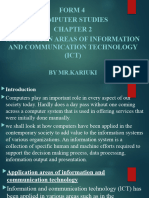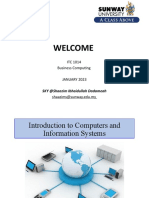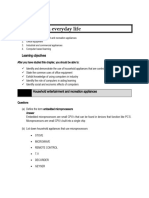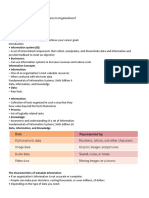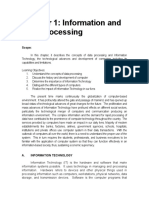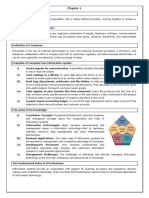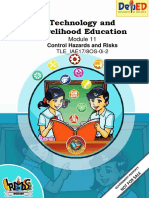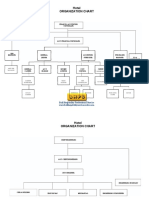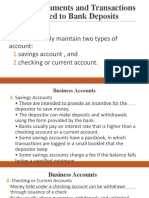0% found this document useful (0 votes)
23 views39 pagesChapter 2 of Form 4 Notes
The document outlines various application areas of Information and Communication Technology (ICT), including financial systems, banking, retail, educational systems, industrial systems, scientific research, and marketing. It details how these systems enhance efficiency in tasks such as payroll, accounting, inventory management, and electronic transactions. Additionally, it highlights the role of computers in improving processes like weather forecasting, medical research, and e-commerce.
Uploaded by
Faith MutungiCopyright
© © All Rights Reserved
We take content rights seriously. If you suspect this is your content, claim it here.
Available Formats
Download as PPTX, PDF, TXT or read online on Scribd
0% found this document useful (0 votes)
23 views39 pagesChapter 2 of Form 4 Notes
The document outlines various application areas of Information and Communication Technology (ICT), including financial systems, banking, retail, educational systems, industrial systems, scientific research, and marketing. It details how these systems enhance efficiency in tasks such as payroll, accounting, inventory management, and electronic transactions. Additionally, it highlights the role of computers in improving processes like weather forecasting, medical research, and e-commerce.
Uploaded by
Faith MutungiCopyright
© © All Rights Reserved
We take content rights seriously. If you suspect this is your content, claim it here.
Available Formats
Download as PPTX, PDF, TXT or read online on Scribd
/ 39

